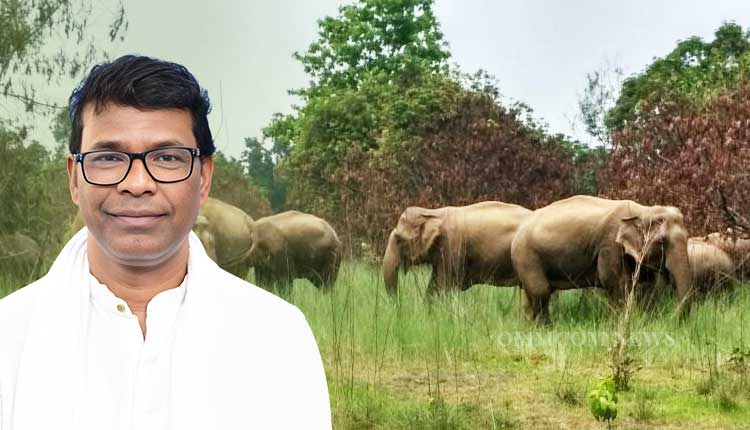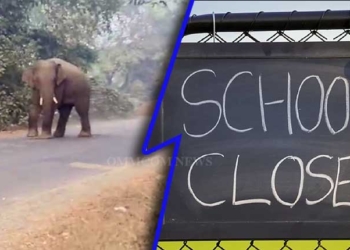Bhubaneswar: Odisha is home to a total of 2,103 elephants, according to the latest elephant census conducted in November 2024. This statement was made by Forest, Environment & Climate Change Minister Ganesh Ram Singkhuntia in the State Assembly, on Tuesday.
Singkhuntia’s response came in reply to a question raised by BJD legislator Prasanna Acharya, who sought district-wise data on the state’s elephant population.
Acharya also sought information on the average number of elephant deaths per year and the reasons behind these deaths. Additionally, he inquired about the causes of human-elephant conflict and the measures being taken by the state government to address this issue.
Replying to Acharya, the Minister said on average 81 elephants die every year.
Singkhuntia also provided a breakdown of the numbers stating that Angul district is home to 254 elephants while Cuttack district has a population of 132 elephants. Khurda district boasts a total of 83 elephants while Mayurbhanj district has the highest number, with 295 elephants residing within its boundaries.
The elephant population is distributed across various districts, with Sundargarh hosting 179 elephants, followed by Sambalpur with 140, Deogarh with 107, and Dhenkanal with a significant population of 291. Keonjhar is home to 195 elephants, while Rayagada and Jharsuguda have a relatively small population, with just one elephant each.
Taking the last three years’ data into consideration, the Minister informed that the reasons behind elephant deaths are poaching, electrocution, train accidents, road accidents, various diseases, revenge by locals and other natural causes such as falling from hills, drowning and old-age. Apart, elephants roam from forest to forest in search of food. Sometimes, they enter villages, leading to conflicts between humans and elephants.
To mitigate this issue, the government has taken measures such as planting elephant-friendly trees in forests, developing grazing land, creating artificial waterbodies, protecting forests from fires, setting up anti-poaching camps, patrolling forests, and using scientific knowledge and skills to monitor the movement of wildlife animals and poachers.
















